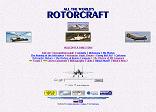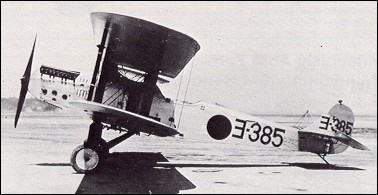|
| Following on his association with the Mitsubishi company, Herbert Smith designed the 2MT1 two-seat biplane torpedo bomber which flew for the first time in January 1923. It went into Japanese Navy service as the Type 12 carrier-borne attack aircraft and was followed by the 2MT2 and 2MT3 variants. The redesigned Type 13-2 was designated B1M2. The final version, the Type 13-3 or B1M3, had the firm's designation 3MT2 and was a three-seater. Total production was 354 and the type served into the 1930s, 32 flying from the aircraft carriers Kaga and Hosho during the Shanghai Incident in 1932. An aircraft from Kaga was lost during the famous air encounter when American volunteer pilot Robert Short lost his life while flying for the Chinese. The B1M was powered by a 335kW Napier Lion or Hispano-Suiza engine according to version.
| MODEL | 2MT2 |
| CREW | 2 |
| ENGINE | 1 x Napier "Lion", 373kW |
| WEIGHTS |
| Take-off weight | 2697 kg | 5946 lb |
| Empty weight | 1442 kg | 3179 lb |
| DIMENSIONS |
| Wingspan | 14.77 m | 48 ft 5 in |
| Length | 9.77 m | 32 ft 1 in |
| Height | 3.5 m | 12 ft 6 in |
| Wing area | 59 m2 | 635.07 sq ft |
| PERFORMANCE |
| Max. speed | 210 km/h | 130 mph |
| Ceiling | 4500 m | 14750 ft |
| ARMAMENT | 4 x 7.7mm machine-guns, one torpedo or 2 x 240-kg bombs |
| lxbfYeaa, e-mail, 14.03.2024 06:19 20 reply |
| Kim Nielsen, e-mail, 21.12.2014 01:50 As I reckon Herbert Smith was invited by Mitsubishi Engine Co. to develop homemade japanese aircrafts, it surprises me that his japanese constructions should be fitted with Napier engines :- / reply |
|
Do you have any comments?
|
| 
COMPANY
PROFILE
All the World's Rotorcraft
|







20
reply